Breast cancer remains the most common and deadly silent enemy among women worldwide. And although science is advancing, the projections are not encouraging: according to the World Health Organization (WHO), cases of this disease will increase by 38% by 2050, and deaths could rise by up to 68%.
The new report from the International Agency for Research on Cancer (IARC) warns that every minute, four women are diagnosed with breast cancer, and one loses her life to this disease.
Latin America, the most vulnerable region
Although breast cancer is a global challenge, the situation in Latin America and the Caribbean is particularly worrying. According to the Pan American Health Organization (PAHO), this region faces twice the increase in cases compared to the United States or Canada.
The main reason: profound inequalities in access to healthcare. In many Latin American countries, healthcare systems lack sufficient resources, equipment, and programs to ensure early detection and timely treatment.
In 2022, there were more than 220,000 new cases and nearly 60,000 deaths in Latin America alone. The lack of screening programs (mammograms), late diagnoses, and high costs remain difficult barriers to overcome.
Early detection: the step that saves lives

While breast cancer mortality has fallen by up to 40% in countries with strong economies in recent decades, thanks to early detection campaigns and standardized treatments, the story is different in countries with fewer resources.
The WHO insists that the key is not always large screening programs, but rather detecting and treating symptomatic cases as early as possible. In simple terms: when a woman feels something out of the ordinary, she needs immediate and unhindered medical attention. Every day of delay can mean the difference between life and death.
The WHO and PAHO have set an ambitious goal: to reduce global breast cancer mortality by 2.5% annually, which could prevent more than 2.5 million deaths by 2040.
A disease that reflects inequality
The relationship between economic status and survival is clear. In high-income countries, more than 80% of women diagnosed survive, while in low-income countries, more than half die.
The UN warns that this disparity will increase if health systems are not strengthened, especially in regions where hospitals lack specialized personnel and access to cancer drugs.
In Mexico, for example, the numbers are also on the rise. In 2023 alone, there were more than 8,000 deaths from breast cancer, an increase of 57% compared to 2010. The states with the highest rates are Sonora, Mexico City, and Chihuahua, while Campeche reports the lowest levels.
The symbol behind the pink ribbon
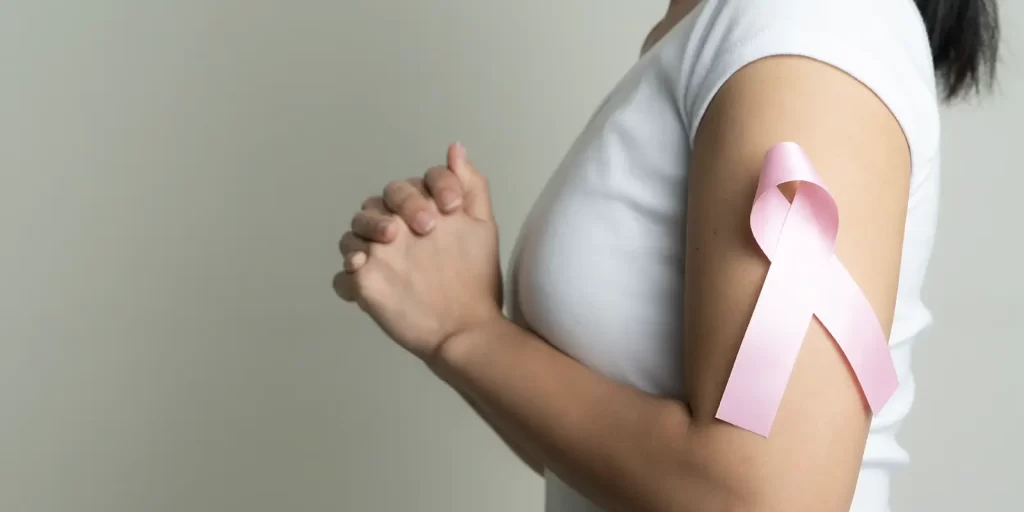
Every October 19, the world turns pink to remember the importance of early detection. However, few know that the original ribbon was not pink, but peach.
It was created by Charlotte Haley, a 68-year-old American woman who in 1991 began sewing ribbons to demand more funding for breast cancer research. Her message was simple but powerful: “We need more investment to save lives.”
Years later, Self magazine and the Estée Lauder company adapted the idea and changed the color to pink, giving rise to the symbol that today represents hope, prevention, and the struggle of millions of women around the world.
An urgent call
Breast cancer does not distinguish between borders, ages, or social classes. But it does reflect the inequality gaps that still exist between countries.
Prevention and education are powerful tools, but they only work if they are accompanied by real access to health services.
The WHO sums it up clearly: “Progress in early diagnosis and access to treatment is essential to closing the global breast cancer gap.”
The challenge is on the table. Every action counts, and every minute can save a life.




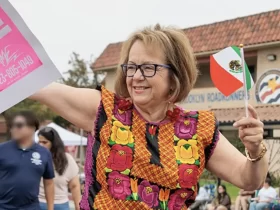


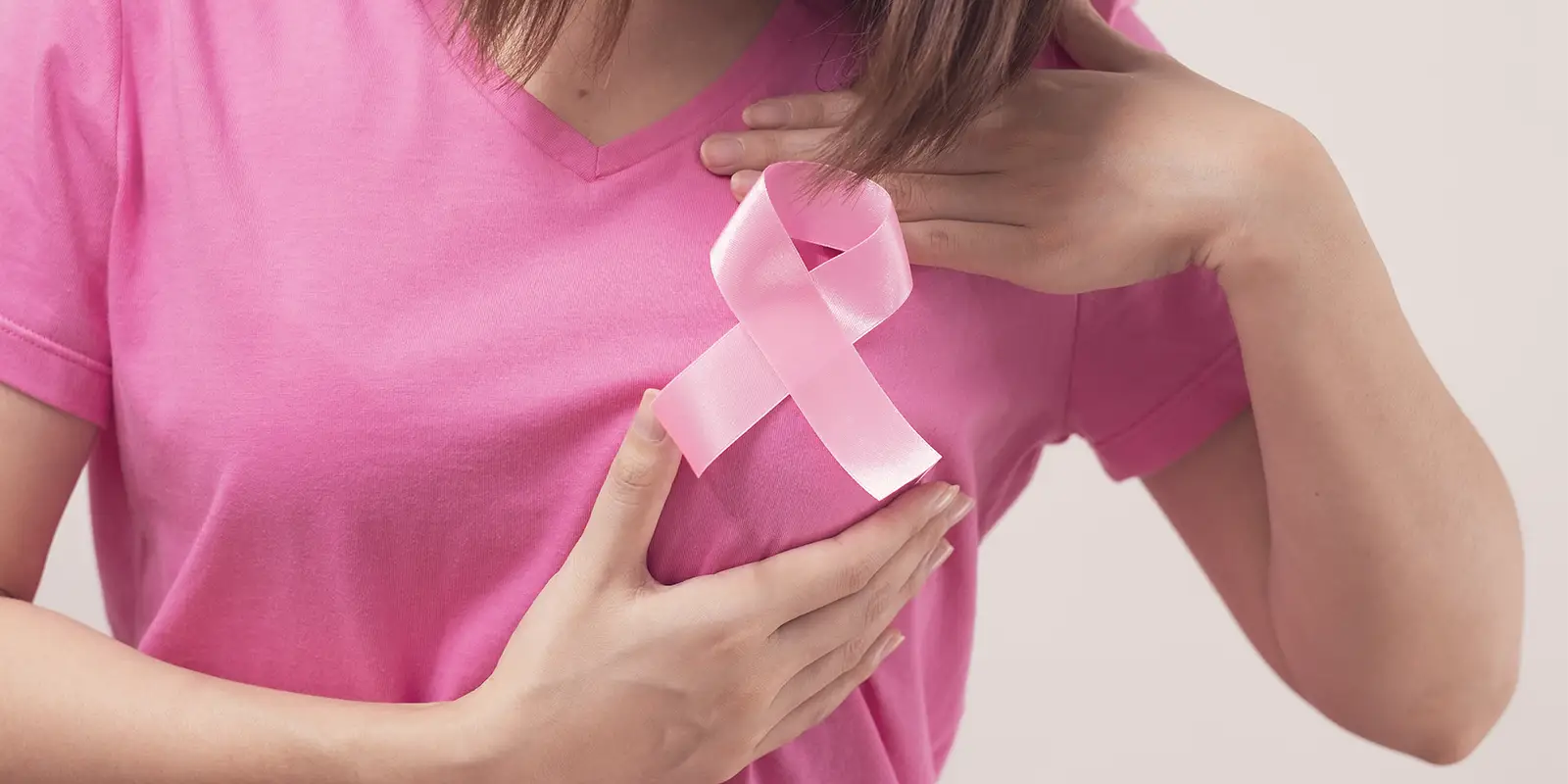
















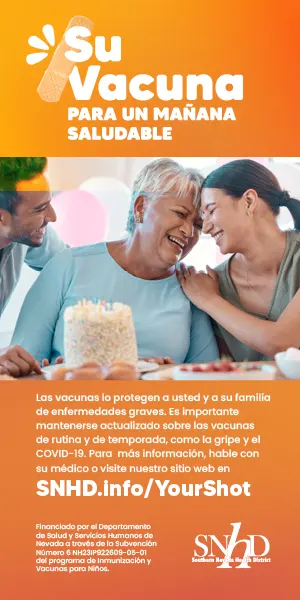



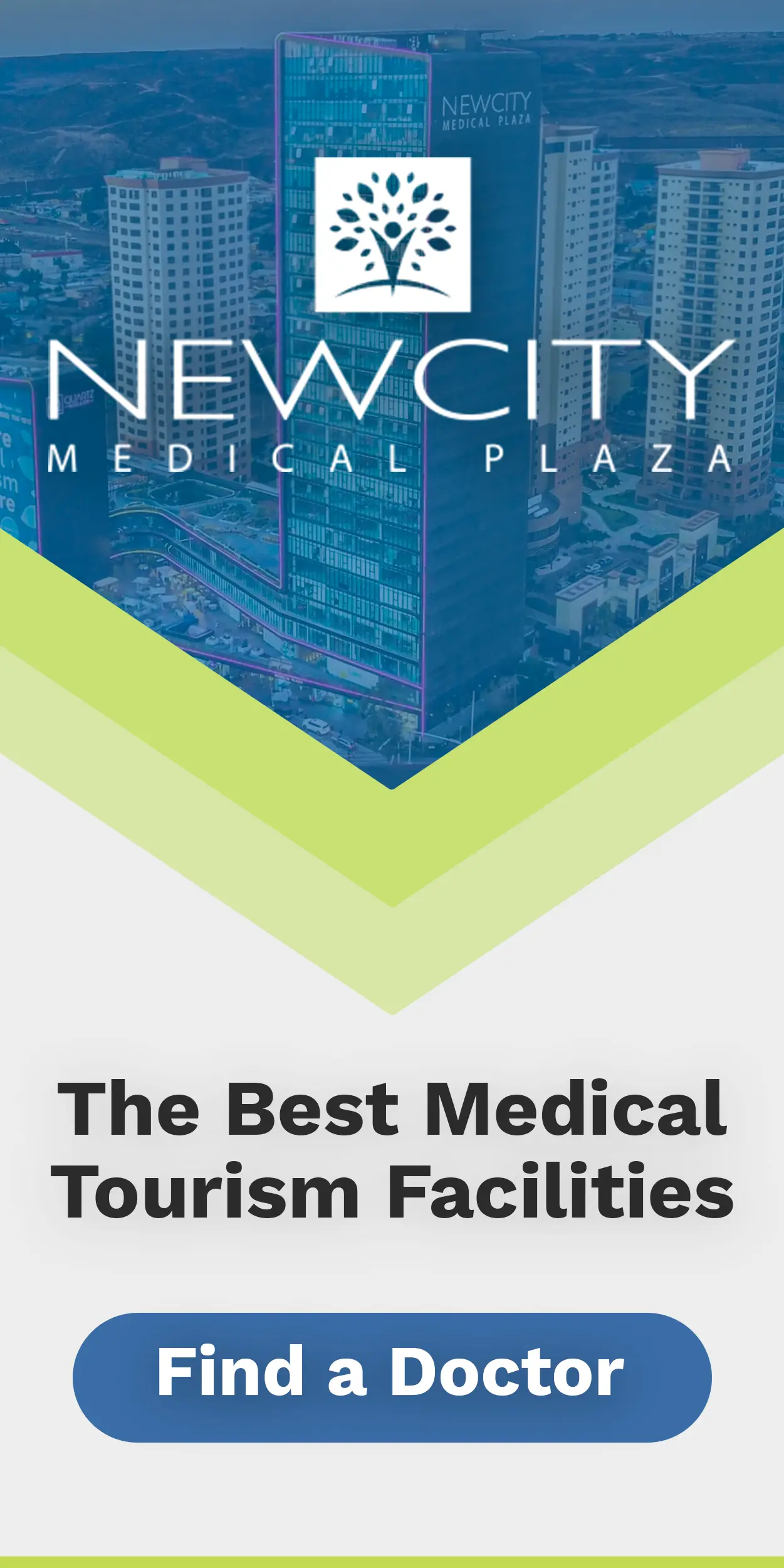



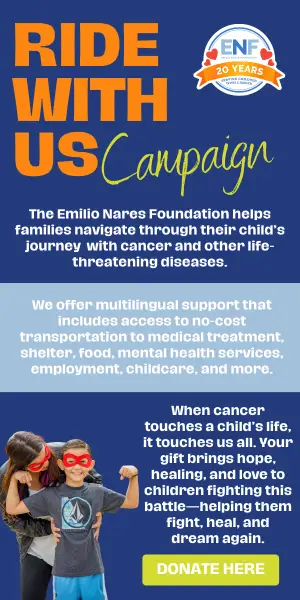
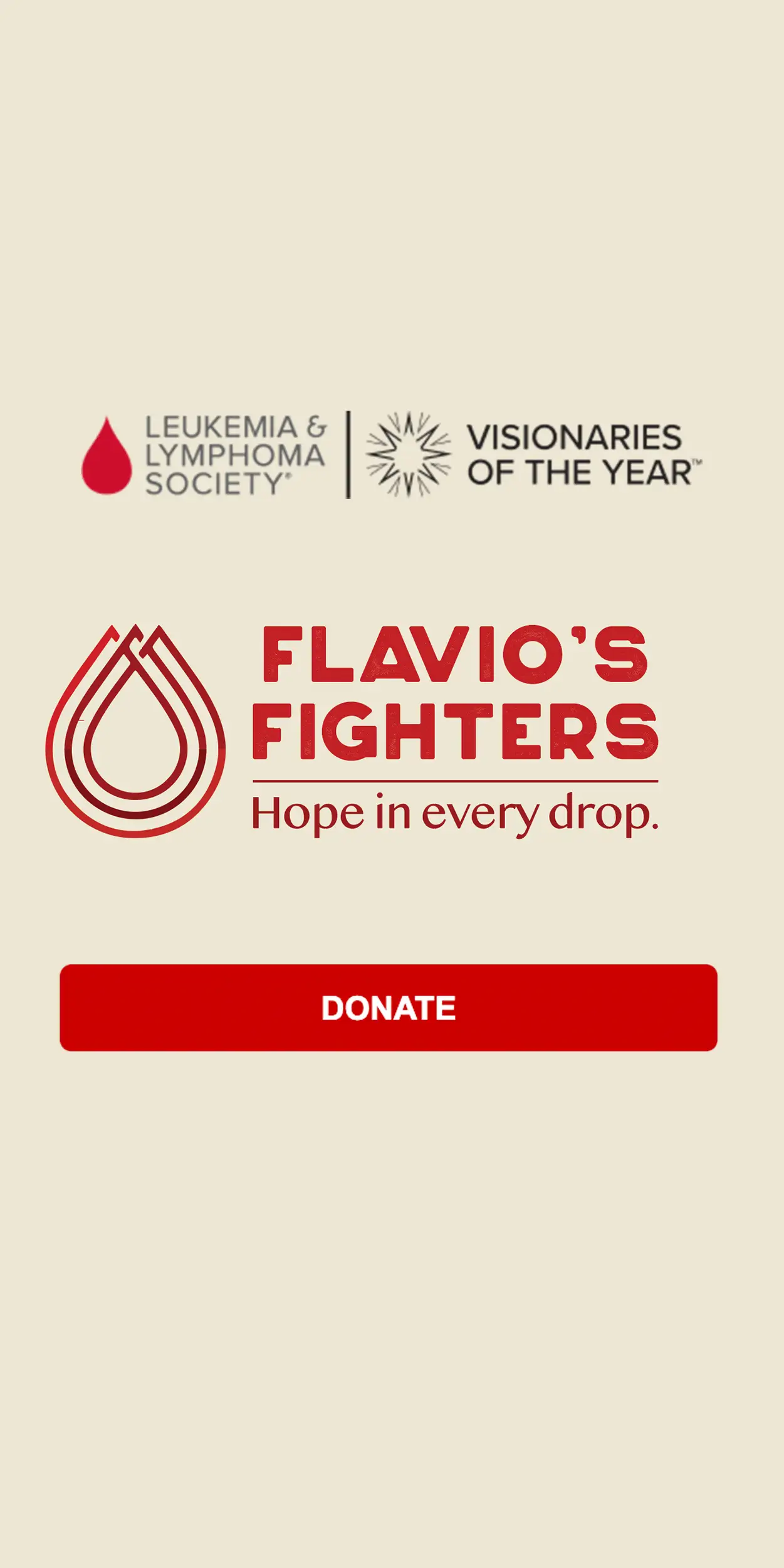

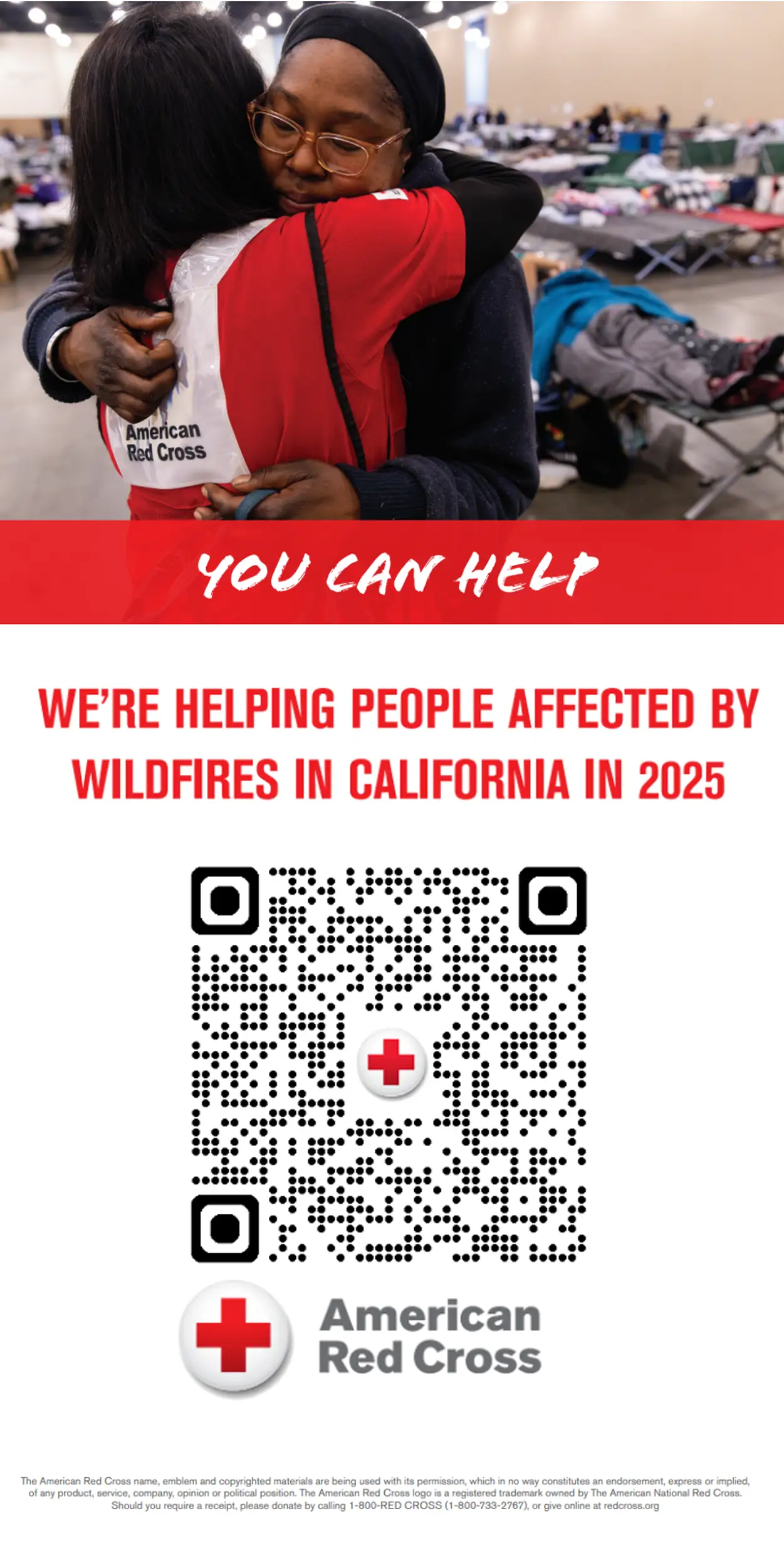
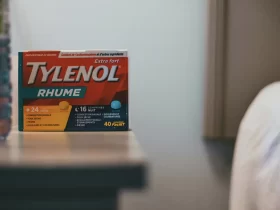


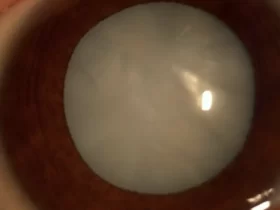
Leave a Reply